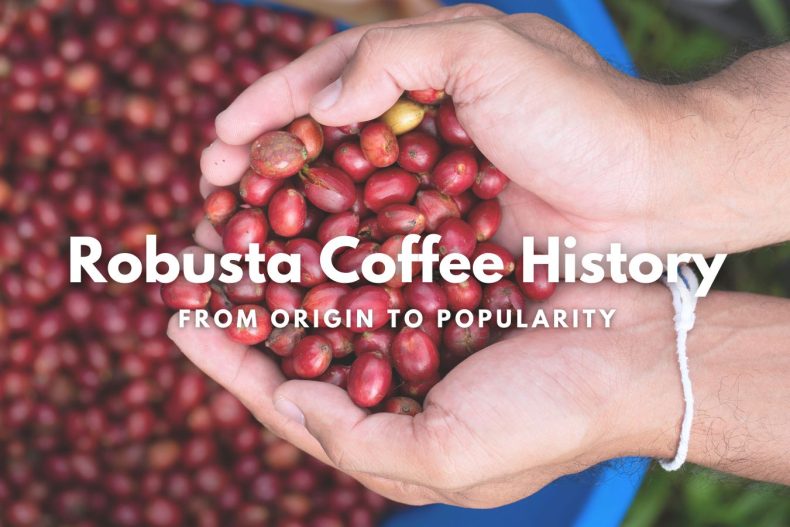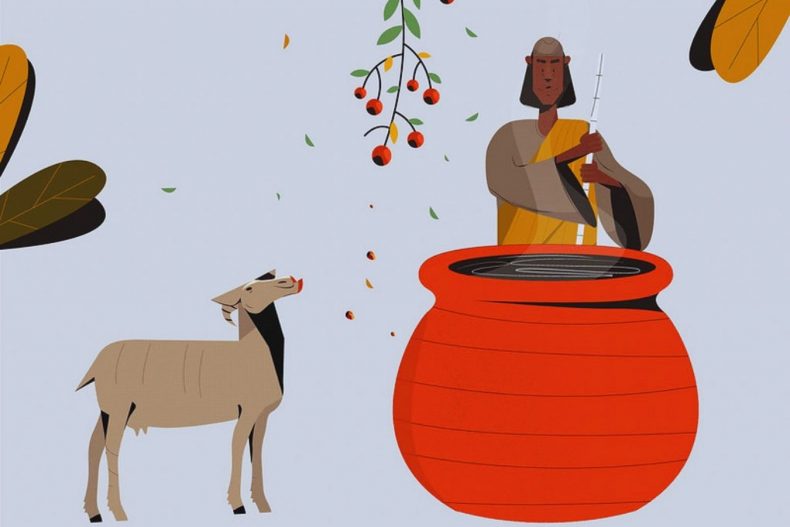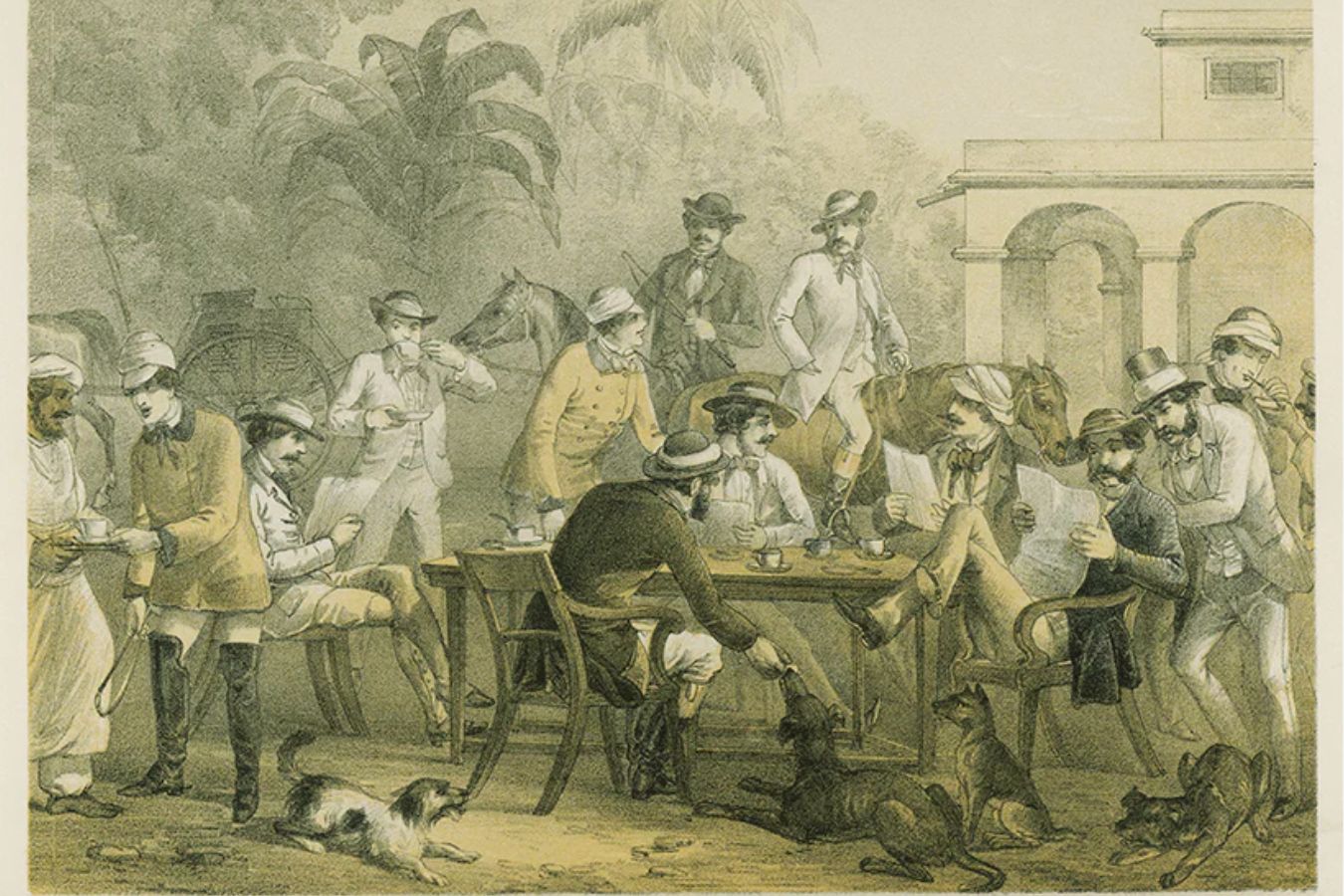
A Short History of Coffee Drinking: The history of coffee cultivation in producing countries around the world is discussed in this book, but it is equally necessary to understand the rise in demand that accompanied it.
Coffee is a truly worldwide beverage, and it is usual to hear it referred to as the world’s second most popular drink after water. While there is no proof to back this up, the fact that coffee is ubiquitous in some form or another makes it conceivable.
There is evidence of coffee consumption in the late 15th century, but little to back up the legend that the first coffee establishment was Kiva Han in Constantinople, which opened in 1475. If this is correct, the coffee was grown in Yemen, and we know that consumption expanded throughout the region.
Coffee swiftly became associated with political and religious beliefs, and coffee cafes were outlawed in Mecca and Cairo in 1511 and 1532, respectively. On both occasions, public pressure prevailed, and the bans were quickly lifted.
Cafés serving Italian-style coffee were a novelty in 1950s London. With coffee enjoying a resurgence of popularity in recent years, interest in coffee shops and how to make the perfect brew has increased again
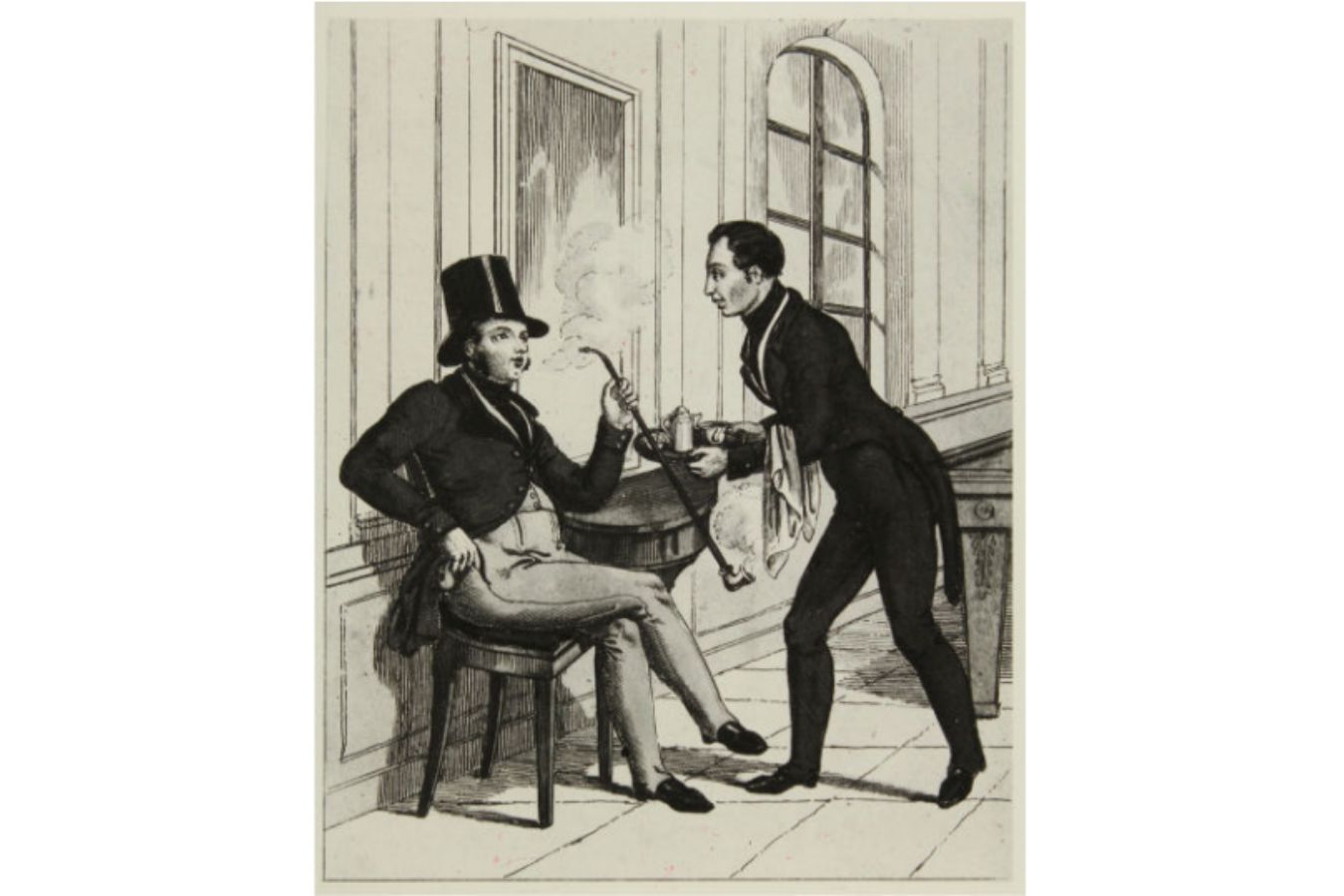
Coffee Reaches Europe And Beyond
Coffee drinking did not spread to Europe until the 1600s, and coffee consumption in Europe predates coffee houses, as it was consumed for therapeutic purposes rather than for enjoyment.
Coffee would have been traded through Venice in the early 1600s, but a coffee establishment wasn’t until 1645. In 1652, London’s first coffee establishment opened, kicking off a century-long love affair between the drink and the city. Coffee has definitely influenced culture, art, trade, politics, and the city itself.
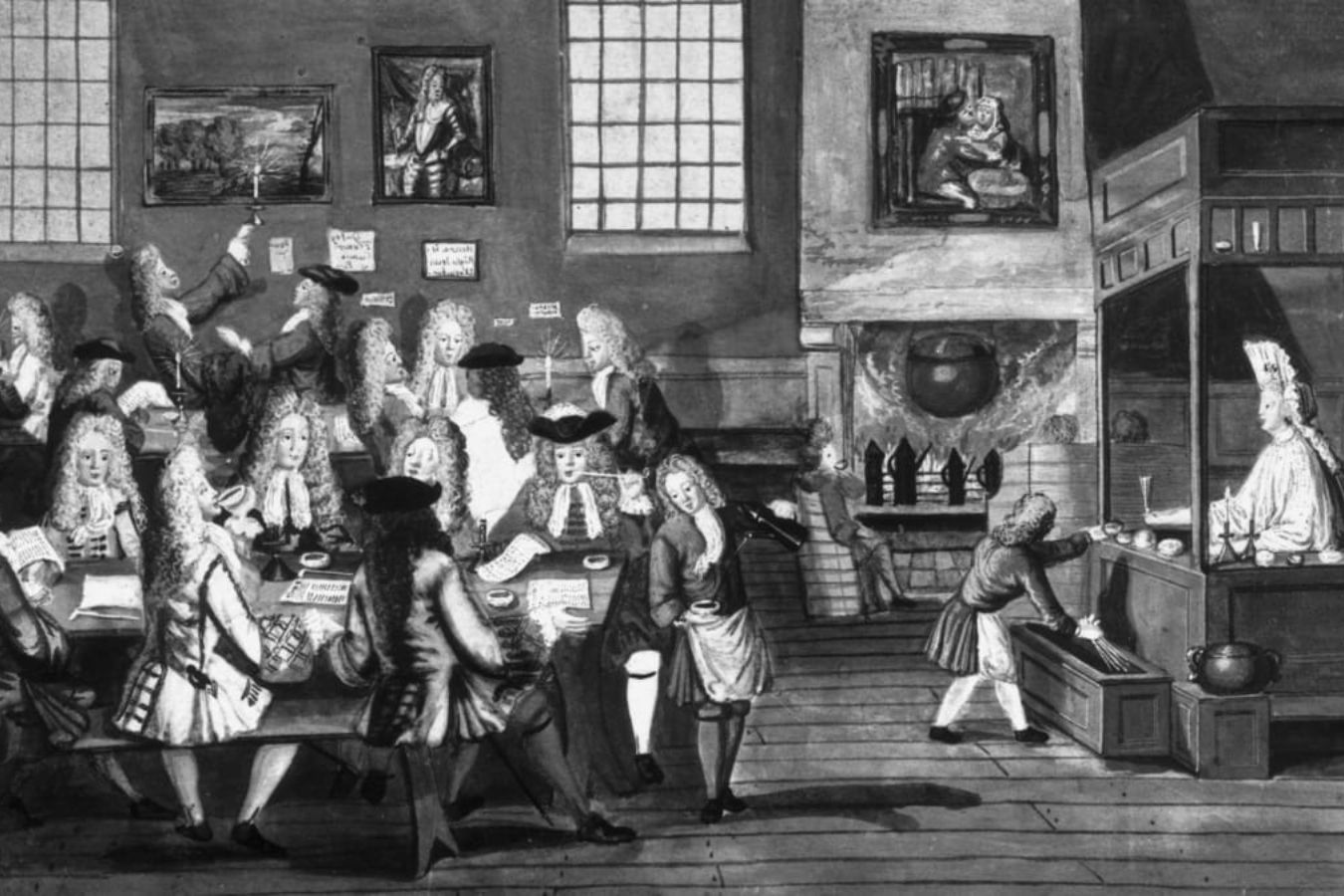
Coffee was given to Louis XIV’s court, and its rising popularity there extended the coffee-drinking habit throughout Paris.
In the late 1600s, another city that would establish a thriving café culture was Vienna. The myth of the Blue Bottle, the first café in Vienna, using coffee beans left behind by Ottomans fleeing after the failed siege of Vienna in 1683, is lovely but untrue; fresh evidence suggests the first café opened in 1685.
Tea was actually a pivotal phase in the growth of coffee drinking and coffee culture. The Boston Tea Party, which took place in 1773 when American colonists protested British oppression by attacking merchant ships in Boston Harbour and throwing chests of tea overboard, was not only a significant rejection of the British Empire, but it also marked the beginning of coffee as a patriotic beverage in the United States.
A quickly growing population meant a fast-growing market, and the United States would become increasingly dominant in the coffee industry in the years ahead.
Change Through Innovation Coffee
Coffee became an affordable staple in every home throughout the world thanks to significant advancements developed in the United States. In 1900, a business called Hill Bros. began vacuum-sealing coffee cans.
This method of extending the shelf-life meant that fewer households would have to roast their own coffee, but it also made it more difficult for small local roasting enterprises to stay in business.
Satori Kato, a Japanese chemist, patented his procedure for manufacturing instant, or soluble, coffee a year later. Until recently, he was assumed to be the first to make it, but fresh discoveries now credit David Strang of New Zealand with inventing it in 1890.
Although the technique prioritized convenience over quality, it made coffee drinking more convenient for many people, if not necessarily cheaper. Instant coffee is still quite popular nowadays all around the world.
Key innovations in Europe focused on the café rather than coffee at home. The first espresso machine has a number of claimants, although patents based on these concepts began to be filed in 1884. Luigi Bezzera’s invention was patented in 1901 and is widely credited with inventing the espresso machine.
These machines allowed café owners to swiftly create a large number of cups of coffee that were similar in size and strength to filter coffee. The utilization of a massive spring to achieve extremely high pressures would be a huge step forward in espresso technology.
Achille Gaggia claimed this invention in 1945, yet the details of how he obtained the patent are a little hazy. Espresso, as we know it today, is the result of high-pressure brewing: a compact, concentrated cup of coffee topped with crema, a deep dark foam.
The espresso bar craze that swept numerous cities in the 1950s and 1960s was as much about culture as it was about coffee.
From a technical standpoint, however, espresso brewing was ideal for cafés because a single machine could now quickly generate a variety of drinks
Coffee Today
It’s impossible to describe modern coffee consumption without mentioning Starbucks. The company began by roasting and selling coffee beans from a cafe in Seattle, but it was transformed into the global phenomenon we know today by Howard Schultz. Schultz said that his excursions to Italy had inspired him, despite the fact that the modern Starbucks experience would be incomprehensible to a native Italian.
Starbucks, and other businesses like it, surely laid the groundwork for today’s global growth in specialty coffee. Starbucks increased the popularity of coffee as an out-of-home beverage and elevated expectations for how much a cup of coffee may cost. The firm continues to wield enormous power, and it is pioneering coffee consumption in new regions such as China.
Today, there is a coffee shop for every taste, from the mass-market purveyors of sweet, creamy coffee-flavored drinks to the craft coffee shops serving single-estate pour-overs
The attention to where coffee comes from and how that affects its taste is what distinguishes modern specialty coffee. This emphasis has changed the way cafés brew, sell, and serve coffee cups. Coffee use has progressed from a basic morning stimulant to an expression of self, values, or intentional consumption. Coffee use has been ingrained in a variety of civilizations around the world.
